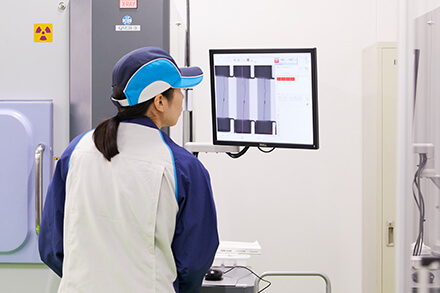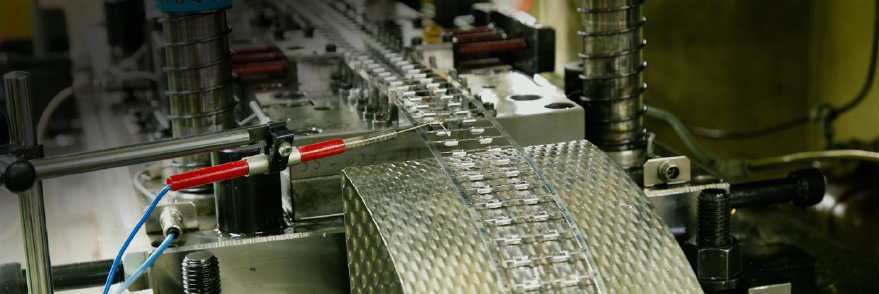
Automotive fuses differ in their application from other types due to their exposure to vibrations, ambient temperature and other factors, as well as in terms of precision and reliability. In other words, they are required to operate under much more demanding conditions. In addition, their size and weight are also important elements.
Special Requirements for Automotive Fuses
- (1) Vibrations
- Automobiles are exposed to vibrations under a wide range of conditions including when driving continuously on highways, when driving on poor or cobbled roads, or when idling. Automotive fuses must be able to withstand a vibration acceleration of 44.1m/s2 for automobiles and 196m/s2 for motorcycles, and guarantee performance even when exposed to sympathetic vibration from frequency changes.
- (2) Ambient Temperature
- Automobiles are expected to deliver problem-free driving performance both in the scorching heat of desert environments and in areas subjected to extreme cold. Moreover, because fuses are installed in the engine compartment and the passenger compartment, they are required to function within a broad temperature range of -40-120°C.
- (3) Precision
- Automobiles vary widely in weight depending on their fuel efficiency, and they tend to utilize extremely compact electric wiring to achieve a corresponding reduction in weight. For this reason, the actual current used in automotive electrical wiring is close to the allowable current capacity, and the time-current characteristics of fuses must be managed within this narrow range.
- (4) Reliability
- When a fuse malfunctions during driving, it immediately impairs the vehicle’s ability to drive. If this occurs while driving on a highway or in similar circumstances, it can lead to serious accidents. In today’s world, where vehicles have an average service life that exceeds over 10 years, fuses are required to deliver durability in the form of sustained functionality amid various changes in environment.
- (5) Size and Weight
- If we look at automobiles in the context of the CO2 emission regulations specified in the Kyoto Protocol, we learn that the CO2 emissions generated while driving are substantially higher than the ones generated when producing the parts, materials and vehicle itself or when disposing of a vehicle. Accordingly, vehicle weight reduction is an important factor for the automotive sector, and fuses are also expected to be compact and lightweight while at the same time guaranteeing performance.






